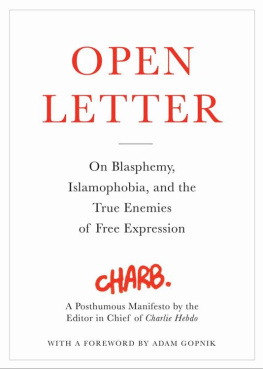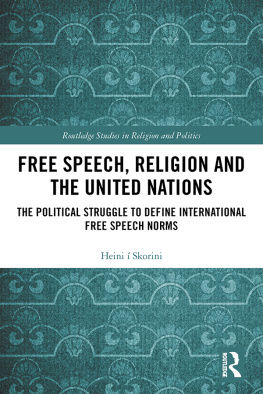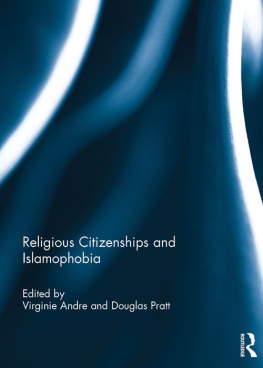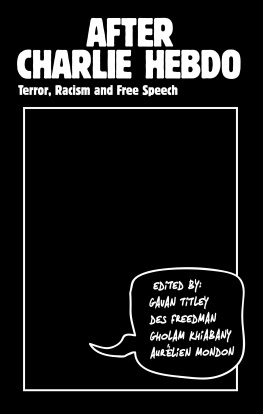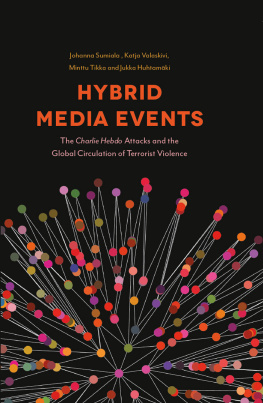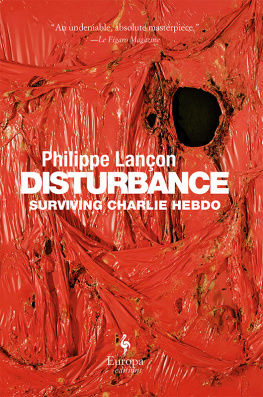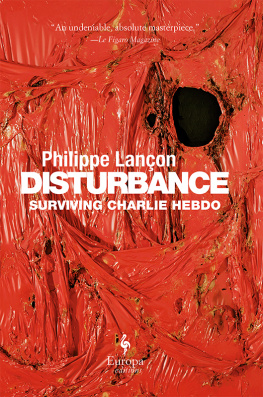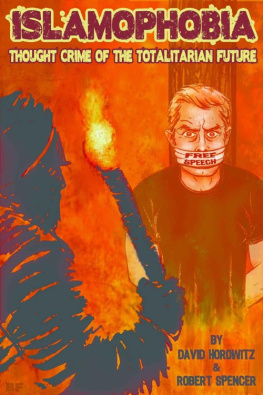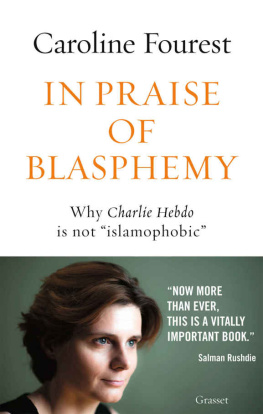In accordance with the U.S. Copyright Act of 1976, the scanning, uploading, and electronic sharing of any part of this book without the permission of the publisher constitute unlawful piracy and theft of the authors intellectual property. If you would like to use material from the book (other than for review purposes), prior written permission must be obtained by contacting the publisher at permissions@hbgusa.com. Thank you for your support of the authors rights.
by Adam Gopnik
I read Charlie Hebdo for the first time on early sojourns in France, in the 1970s. I am probably a bit of a coward when it comes to comedyI probably like it sweeter than I shouldbut I am at least an instinctive pluralist: I really like there to be things in the world, and on the newsstand, that I dont like. Charlie Hebdo was not to my taste, but on subsequent, much longer sojourns in France I was always glad to see it persisting; it spoke of an older, rawer French tradition that I could appreciate even if I didnt much care for it. Crude, scabrous, explicit, sacrilegiousits cartooning lacked the charm of the bande dessine. But France is an uptight country that needs the relaxation of the truly, weirdly unfastenedRabelais could only be French, exactly because the refined needs the raw.
As time passed, I went on to graduate school, and the history of caricature and cartooning became my academic specialty. And so I began to have a greater appreciation of the ancient roots and impious nobility of the magazine. The Charlie cartoonists worked, I realized, in a peculiarly French and savage tradition, born in a long nineteenth-century guerrilla war between republicans and the Church and the monarchy, which had long ago become vestigial everywhere else. Satirical magazines and name cartoonists might survive in London and other European capitals, particularly Brussels, but they tend to be artier in touch and more media-centric in concern. Charlie Hebdo was a satirical journal of a kind found almost solely in France. In those years, I would go to the flea markets to find and buy old copies of the great caricature magazines of the late nineteenth and early twentieth centuriesLe Rire and La Petite Assietteand realized that Charlie Hebdo was the last flower, or gasp, of this great tradition. Not at all meta or ironic, like The Onion, nor a place for political gossip, like the Parisian weekly Le Canard Enchan or Londons Private Eye, it kept alive this French nineteenth-century tradition of direct, high-spirited, and extremely offensive caricature, the very tradition begun by now legendary caricaturist Honor Daumier, or his editor Charles Philipon, who was put on trial in 1831 for drawing the head of King Louis-Philippe as a pear.
Philipons famous faux-naf demonstration of the process of caricature still brings home the almost primitive kind of image-magic that clings to the act of cartooning. At what point was he guilty? Philipon demanded to know, since the Kings head was pear-shaped. How could merely simplifying it to its outline be viewed as an attack on the King? The even coarser and more scabrous cartoons that marked the covers of Charlie Hebdoand which took in Jesus and Moses, along with Mohammed; angry rabbis and ranting bishops, along with imamswere the last, well, fruit of that tradition. This, for a doubtless too pedantic eye, was one of the things that made Charlie matter; distinguishing French culture from our own modernized one.
The Charlie cartoonists were, always, radically democratic and egalitarian in their views, with their one passionate dislike being, simply, the hypocrisies of organized religion. No group has ever been more minoritairemore marginalized or on the outs with the political establishment, more vitriolic in its mockery of power, more courageous in opposing people of far greater influence and power than a band of guerrilla cartoonists could ever claim to be. Like their great predecessors, they were always punching up at idols and authoritiesand no one in France was more relentlessly, courageously contemptuous of the right-wing Le Pens, pre et fille. In the many years I spent in France, the bracing pleasure of seeing some bit of pious nonsensefrom the left sometimes, though more often from the far rightblown apart in an image was the chief pleasure of reading Charlie Hebdo.
That perhaps-too-cultured response became nugatory one January morning in 2015, when two Islamic fundamentalist terrorists entered the offices of Charlie Hebdo, inadequately guarded by the French police, and with cold-blooded cruelty murdered eight staffers as well as a policeman. (They then murdered a helpless Muslim policeman lying wounded on the street outside.) And yet this terrorist atrocity left an honest observer with a somewhat uneasily divided conscience: on the one hand, the Charlie cartoonists were undoubtedly martyrs to free speech, freedom of expression, and the essential fight against fundamentalisms of all kind. On the otherwell, a small irreverent smile came to the lips at the thought of the flag being lowered, as it was throughout France, for these anarchist mischief-makers, and they would surely have roared at the irony of their being solemnly mourned and marched for by former president Nicolas Sarkozy and current president Franois Hollande. (The cartoonists didnt just mock those mens politics; they regularly amplified their sexual appetites and diminished their sexual appurtenances.)
To resolve these two sides of Charliethe heroic martyrs, the ongoing mockers; the men of the world, the frightened marginalized victimsis the purpose of the book you hold now. In it the great Charlie cartoonist and editor Charbexasperated, logical, intelligent, above all humanetakes apart all the noxious myths that had circulated about Charlie Hebdo in the past and that have accumulated in the year since the killings; the myth of its Islamophobia, for instance. Charb explicates the difference between mockery and assault in a rational manner made almost unbearably poignant by the cost he and his friends would pay to the wholly irrational.
Throughout, his arguments have a simple distinction at their corethat criticizing an ideology, including a religious ideology, however vociferously, is different from inducing hatred of a people or persons. There is a huge space between an insult and a threat, and it isnt actually that hard to tell one from the other. In an open society, we all have to put up with insults. Islam, an ideology like any otheras is Communism or Liberalism or Judaismcan be criticized and mocked like any other. Charb reminds us that the fashion of adding -phobia to the end of every other word is perfectly ludicrous. Homophobia and negrophobia are used to describe the hatred people may feel not toward an ideology or a religion, but toward human beings, pure and simple.
In other words, saying that someones religion is ridiculous is differentdiscernably, measurably, significantly differentfrom saying that some group should be exterminated. Mocking your prophet is not at all like threatening your person. Blasphemy is ridicule directed at an ideology; hate speech encourages violence directed at individuals. Judeophobiathe mockery of the religion of Moses of the kind that Voltaire engaged in at lengthought to be protected, no matter who engages in it, just as South Parks mockery of Mormonism should. But Jews and Mormons must not be threatened, either in the practice of their faith or in their confidence in their own continued well-being. Blasphemy is just the fanatics name for criticism. Charb writes, wisely:

